Anthuriums, often dubbed the "flamingo flower," have long been a beloved staple in the world of horticulture and home decor. Their glossy, heart-shaped leaves paired with a prominent spadix make them instantly recognizable and a favorite for many. Hailing from tropical rainforests, these vibrant plants have made their mark far beyond their native habitats due to their aesthetic appeal and versatility.
While the classic red Anthurium often garners attention, the family is rich with a multitude of types, each distinct and beautiful in its own right. This vast array brings with it a palette of colors, shapes, and sizes to cater to varied tastes.
In this guide, we're looking at three particularly fascinating varieties: the delicate Anthurium Pink Flamingo, the uniquely structured Anthurium Fingers, and the serene Anthurium White Painted Tongue. Let's dive in to uncover what sets them apart and how they contribute to the rich tapestry of Anthurium varieties.
Anthurium Pink Flamingo: A Blush Beauty
As its name suggests, the Anthurium Pink Flamingo is reminiscent of the graceful flamingo, known for its poise and elegance. The association doesn't just stop at color but extends to the embodiment of grace it brings to any space.
Characteristics: This Anthurium variety is defined by its broad, heart-shaped spathes that bathe in varying shades of light pink, making them appear almost luminescent. These spathes rest atop slender stalks, creating a visual of a flamingo neck gracefully bending toward the water. This striking visual is complemented by deep emerald green leaves that accentuate the blush of the spathes.
Habitat & Origin: While all Anthuriums hail from the tropical rainforests of Central and South America, the Pink Flamingo finds its roots in the dense, humid jungles of Colombia. In its natural habitat, it flourishes under the canopy, shielded from direct sunlight but basking in the diffused rays that filter through.
Care Tips: The Pink Flamingo requires a regimen that mirrors its natural habitat. It seeks a well-draining soil mix, perhaps an orchid blend, to mirror the forest floor. Watering should keep the soil moist, but never soggy, emulating the consistent humidity of its jungle home. Bright, indirect sunlight will keep the Pink Flamingo's colors vivid and radiant. Furthermore, its tropical origins mean it loves humidity; misting the leaves or placing a humidifier nearby can recreate this ambiance.
Anthurium Fingers: Nature's Unique Sculpture
If one were to seek a plant that epitomizes modern art, the Anthurium Fingers would fit the bill. Eschewing the conventional broad and heart-shaped spathes for something avant-garde, this variety stands out in any plant collection.
Characteristics: The Anthurium Fingers is characterized by its namesake finger-like leaves. These slender, elongated leaves, with their glossy finish and deep green hue, project outwards like a fan. Each leaf carries prominent venation, adding texture and depth to its appearance.
Habitat & Origin: Like its Anthurium siblings, the Fingers variety is a child of the tropics. However, its unique leaf structure is an adaptation to its specific environment within those tropical regions, where it's shielded by taller plants and receives dappled sunlight.
Care Tips: This variety, given its unique leaf structure, requires a bit more attention to humidity. Its slender leaves can dry out faster, so maintaining ambient moisture is key. Watering should ensure the soil remains consistently damp but not waterlogged. Bright, indirect light is its friend, but direct sun can cause leaf burn, so caution is advised.
Anthurium White Painted Tongue: Elegance Personified
Quiet elegance is the phrase that comes to mind when one encounters the Anthurium White Painted Tongue. A departure from the flamboyant reds and pinks synonymous with Anthuriums, this variety offers a serene alternative that symbolizes purity and peace.
Characteristics: The White Painted Tongue is adorned with pristine, porcelain-like white spathes that stand in stark contrast to its deep green foliage. The central spadix or 'tongue' gracefully rises from the spathe, with its pale hue often giving it a hand-painted appearance. This harmonious combination of white and green brings a calming aura, making it a favorite for spaces that aim for tranquility.
Habitat & Origin: Much like its colorful cousins, the White Painted Tongue has its roots in the humid environments of Central and South America. Its pale spathes have evolved to maximize the absorption of the limited sunlight that filters through the dense canopies of its native rainforests.
Care Tips: The care regimen for the White Painted Tongue aligns closely with other Anthuriums but demands a touch more delicacy. Given its light-colored spathe, overexposure to sunlight can cause it to yellow. Hence, ensuring it receives filtered, indirect sunlight is crucial. While it's vital to keep the soil moist, it's equally important to provide good drainage to prevent root rot, a common issue for plants that enjoy moist conditions.
Hybridization and the Evolution of Anthurium Varieties
The world of botanical science is endlessly intriguing, and one of the areas where it particularly shines is in the hybridization of plants. When it comes to Anthuriums, hybridization has transformed the landscape of available varieties, painting it with broader strokes of colors, forms, and resilience.
In the cross-breeding process, botanists meticulously select parent plants for their specific desired traits, whether it's the vibrancy of a spathe, resistance to certain pests, or adaptability to various climates. This process has given birth to Anthuriums that not only flaunt an expanded range of hues, from pastels to deep shades but also boast patterns and textures previously unimaginable.
But the benefits of hybridization go beyond aesthetics. By introducing genetic diversity, these hybrids often gain increased resistance to diseases, pests, and varying environmental challenges. This, in turn, means that the modern Anthurium lover has access to plants that are both more resilient and diverse in appearance than their wild ancestors.
Anthurium Growing Conditions and General Care Tips
The majesty of the Anthurium isn't just in its appearance but also in its relatively amiable nature when it comes to care. Despite their exotic roots, they are surprisingly adaptable, provided certain conditions are met.
Light: While native to tropical canopies where sunlight filters through layers of leaves, Anthuriums have evolved to flourish under bright, yet indirect light. Direct exposure can lead to the leaves losing their rich hue and even getting sunburnt.
Water: Mimicking the tropical rainforest's rhythm, Anthuriums need water regularly. However, their roots are averse to stagnation. Hence, it's crucial that while the soil remains consistently moist, it should never be drenched. Overwatering can lead to root rot, a common ailment for these plants.
Humidity: Their love for humidity can't be overstressed. In regions where the air tends to be drier, their leaves can turn brown at the edges. This can be counteracted by using a humidifier, misting, or even just placing a tray filled with water and pebbles beneath the pot.
Feeding: To sustain their vibrant spathes and lush foliage, Anthuriums benefit from regular feeding. A balanced liquid fertilizer, diluted and applied every six to eight weeks during the growing season, can work wonders.
Final Thoughts
Nature, in its boundless creativity, has offered us a treasure in the form of Anthuriums. And human ingenuity, through selective breeding and care, has amplified its beauty and diversity. From the artistic flamboyance of the Pink Flamingo to the minimalist elegance of the White Painted Tongue, there's an Anthurium species to match every aesthetic preference.
As we cater to their specific needs, understanding and respecting their origins, they, in turn, reward us with a piece of the tropical paradise, right in our homes. Their resilience, combined with our care, ensures that this relationship flourishes, bringing joy and beauty to our spaces for a long time to come.
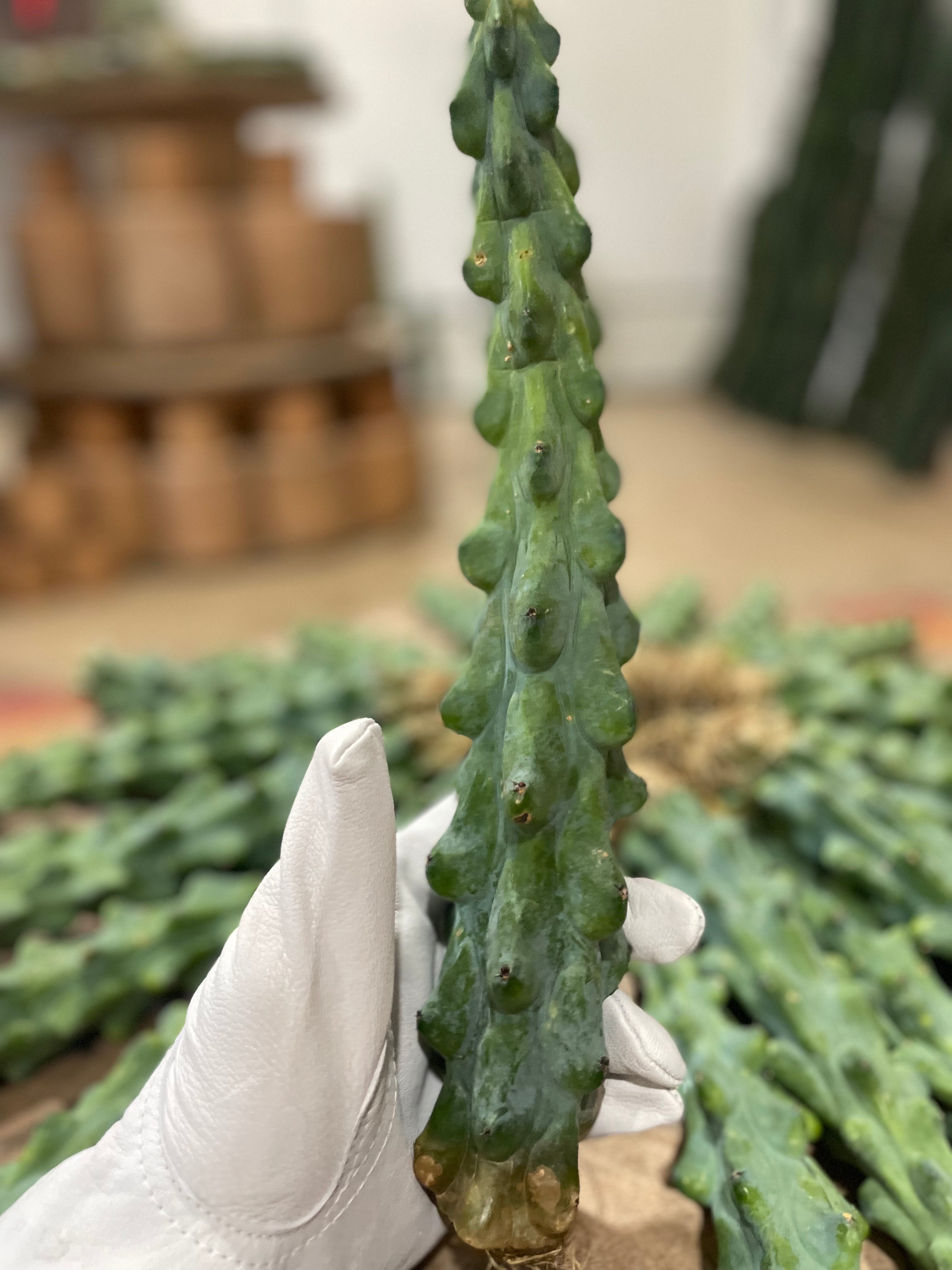
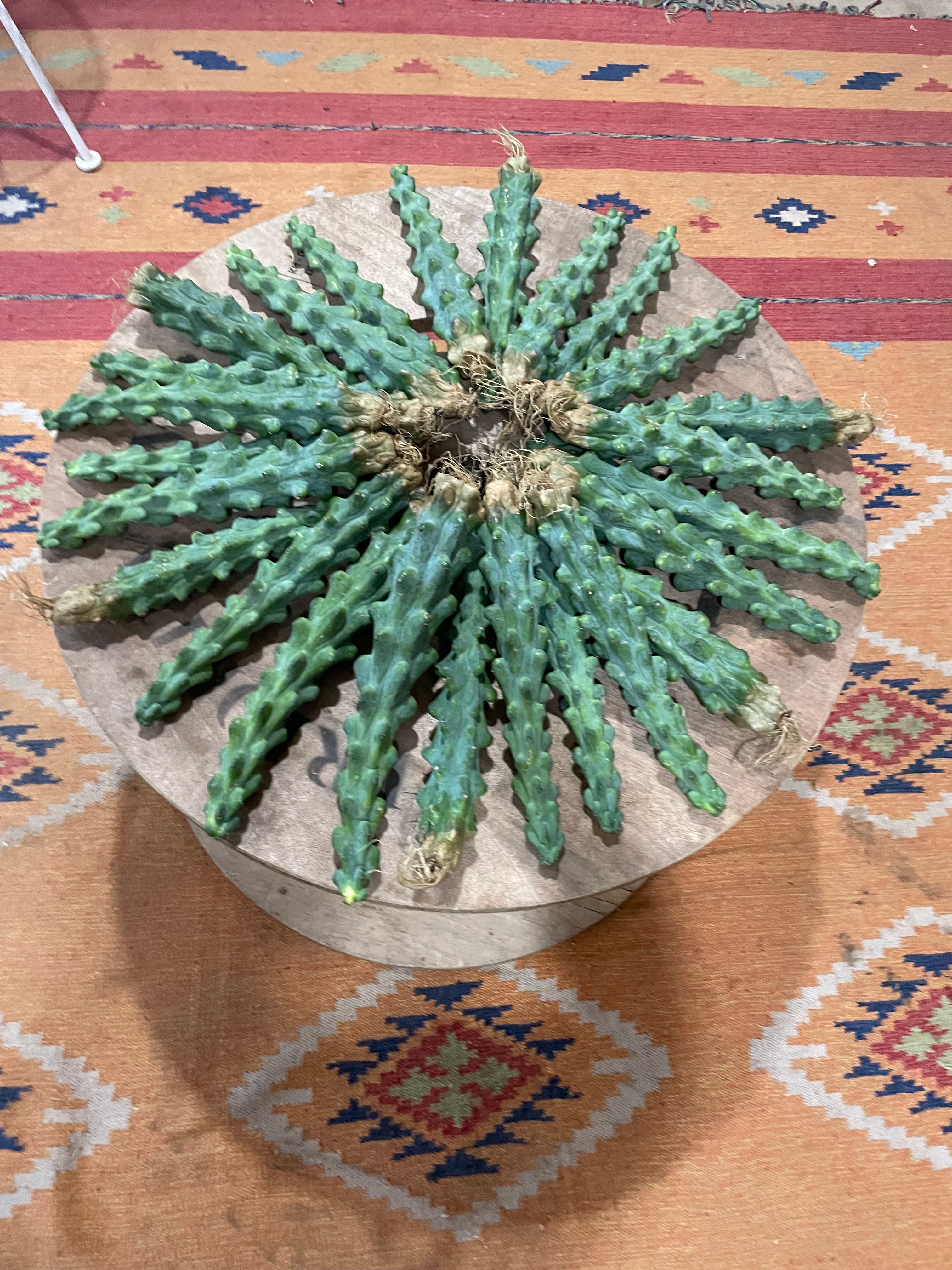
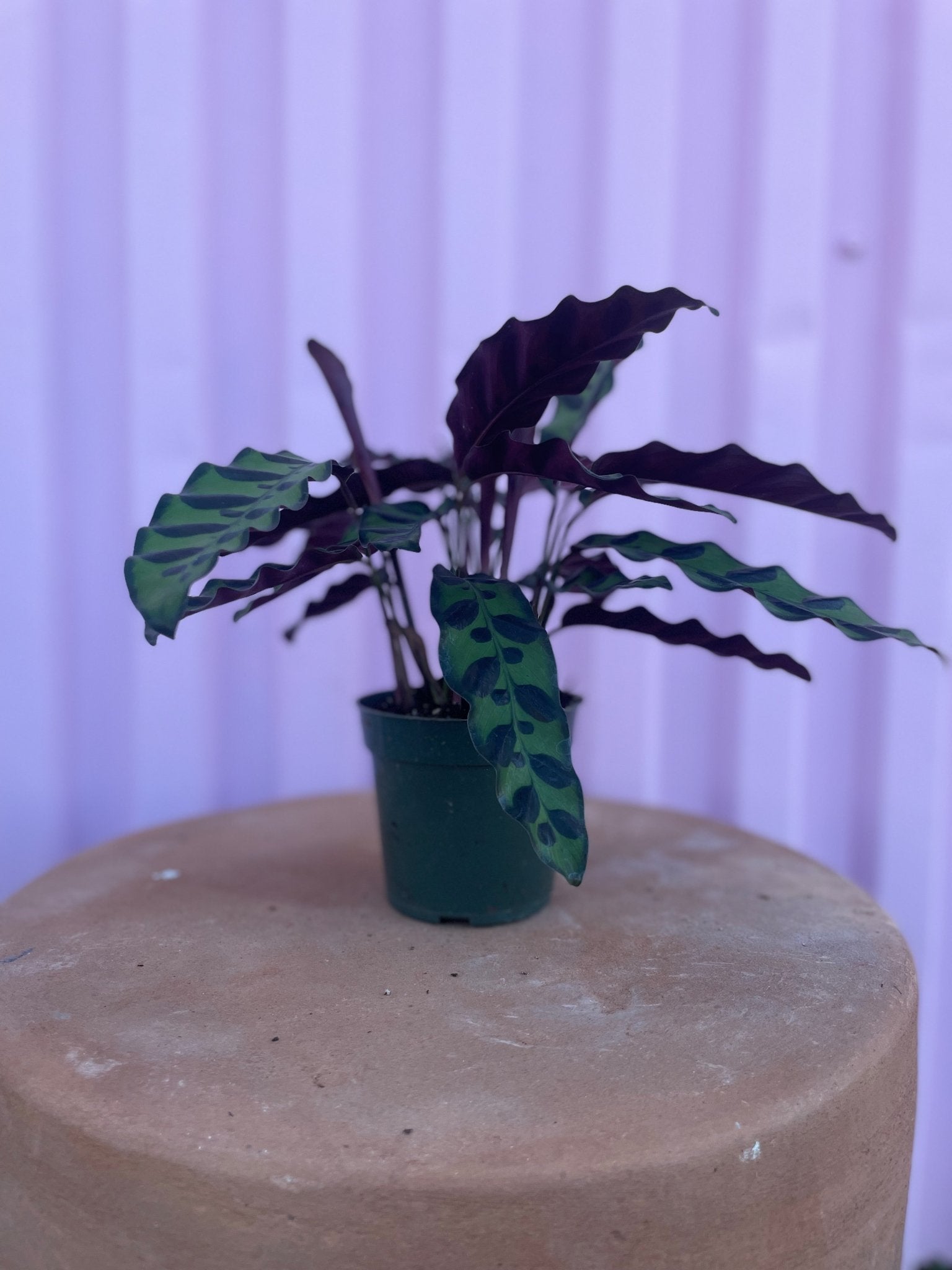
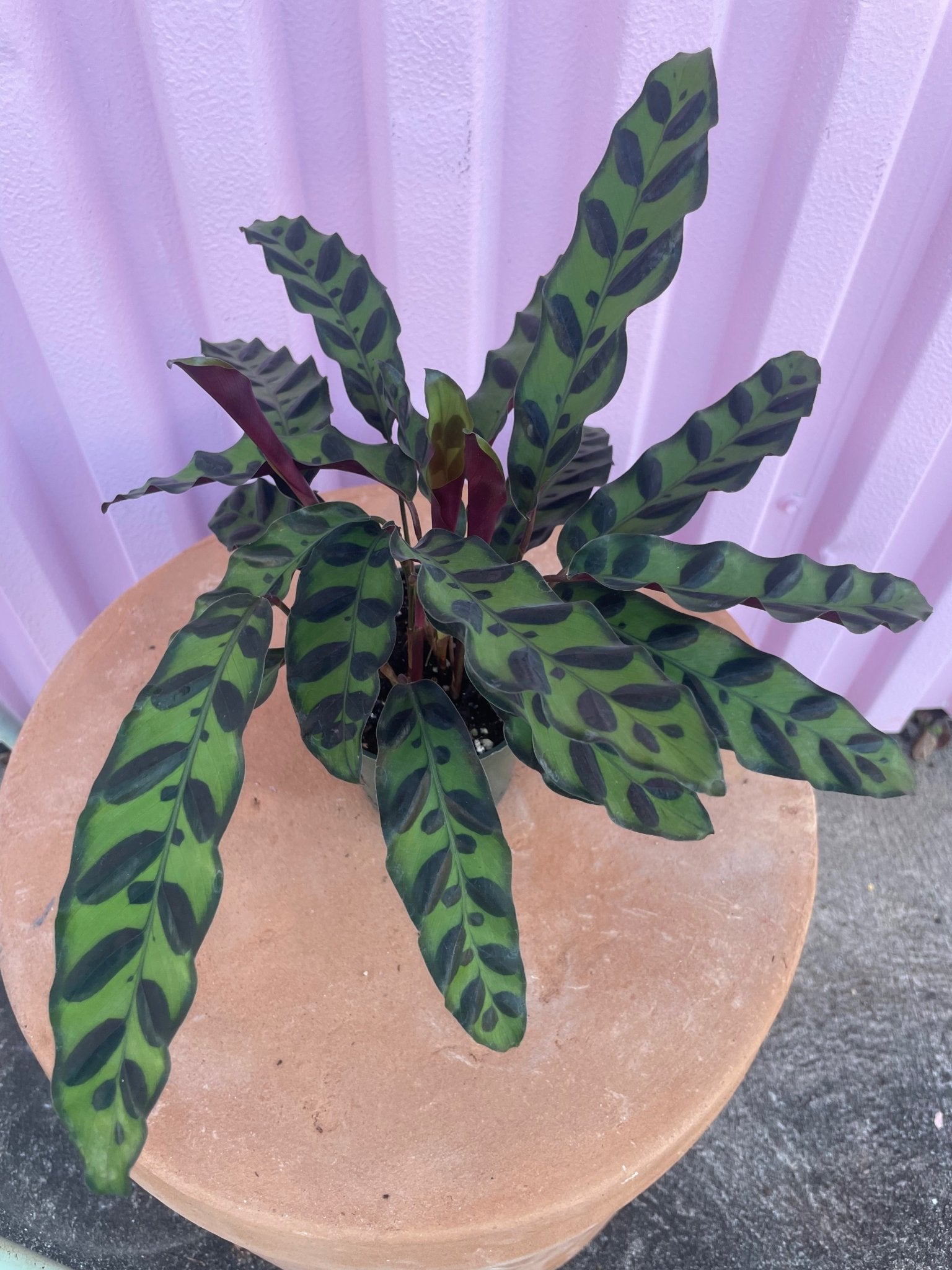
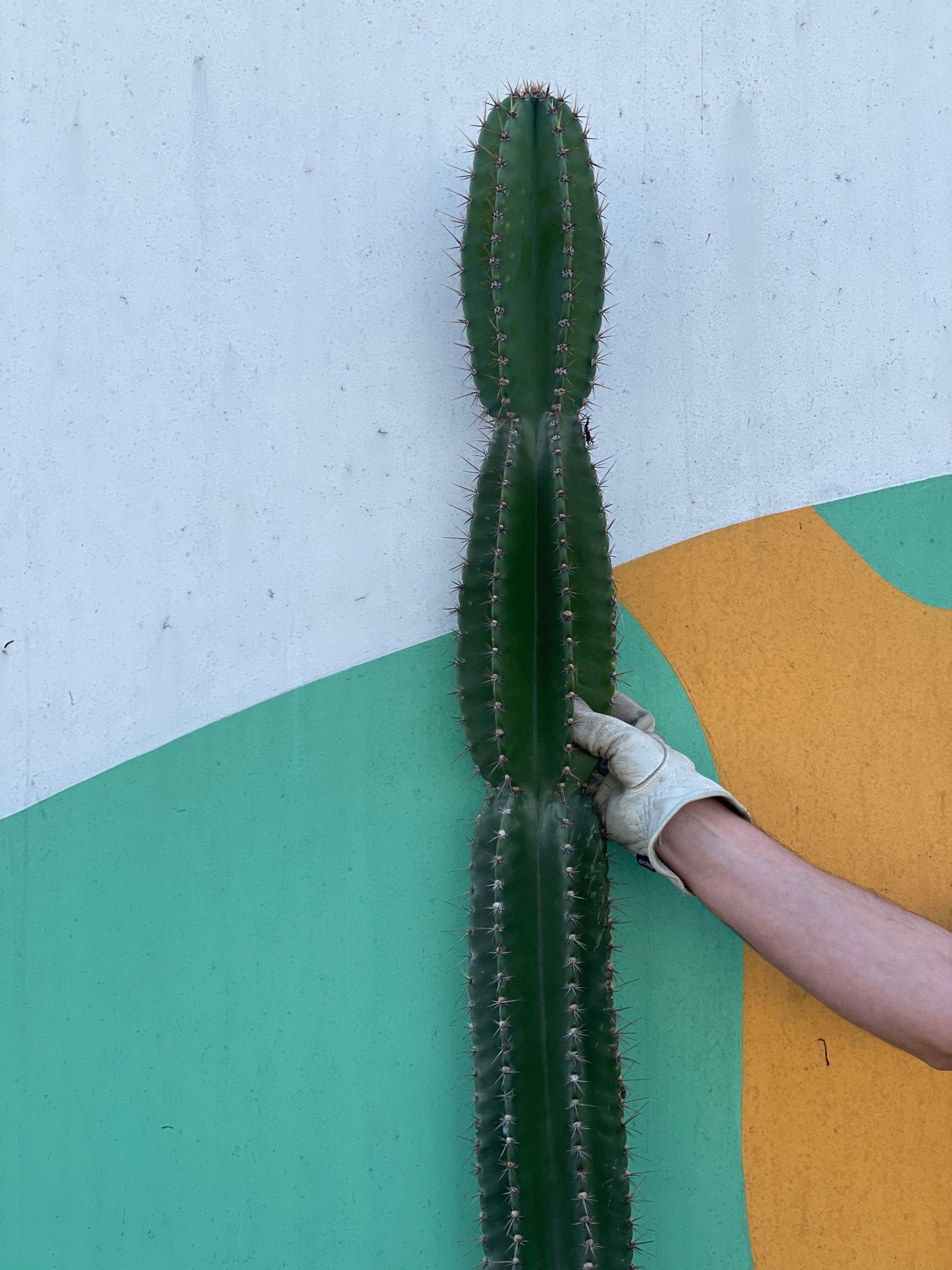
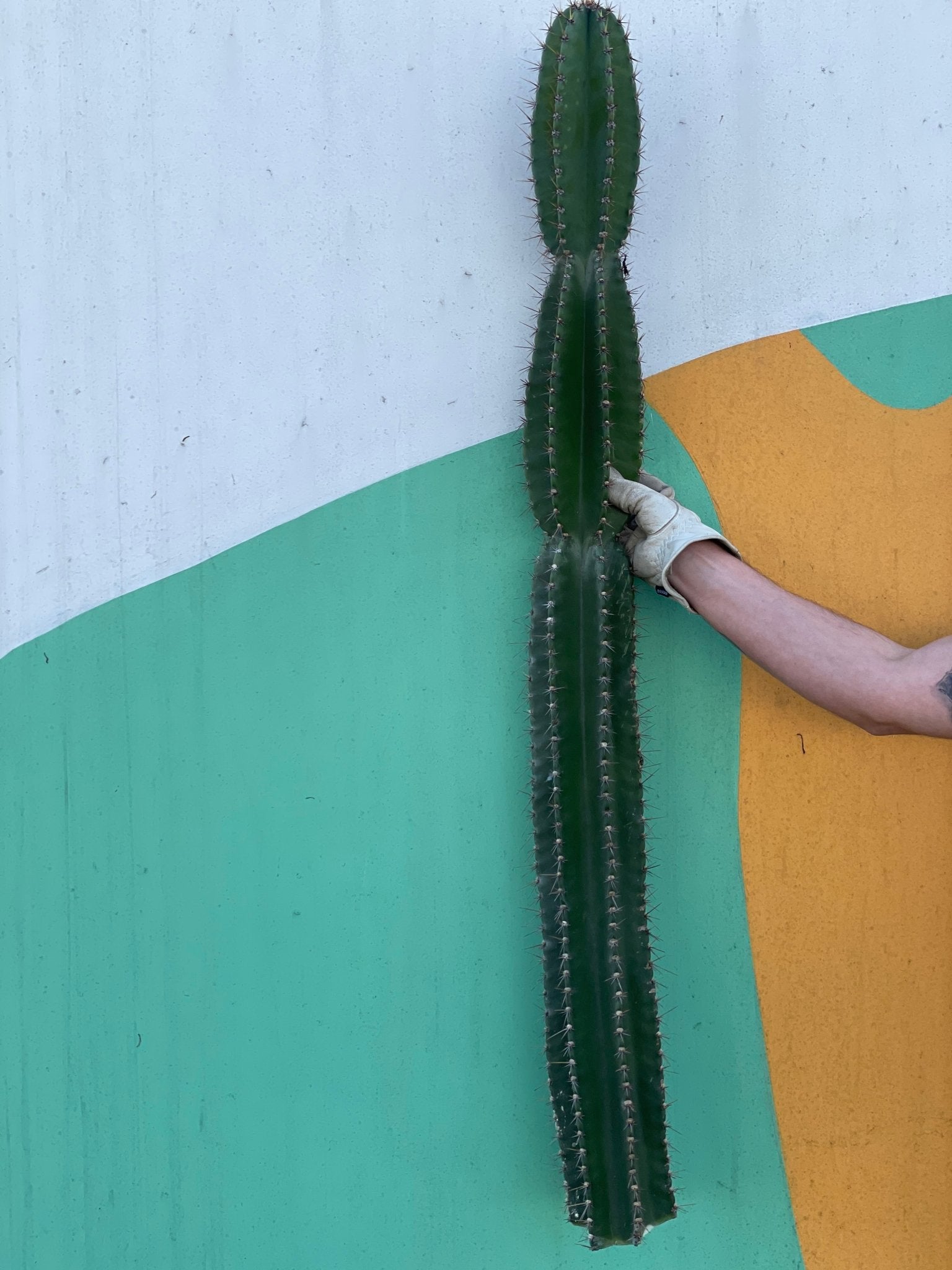
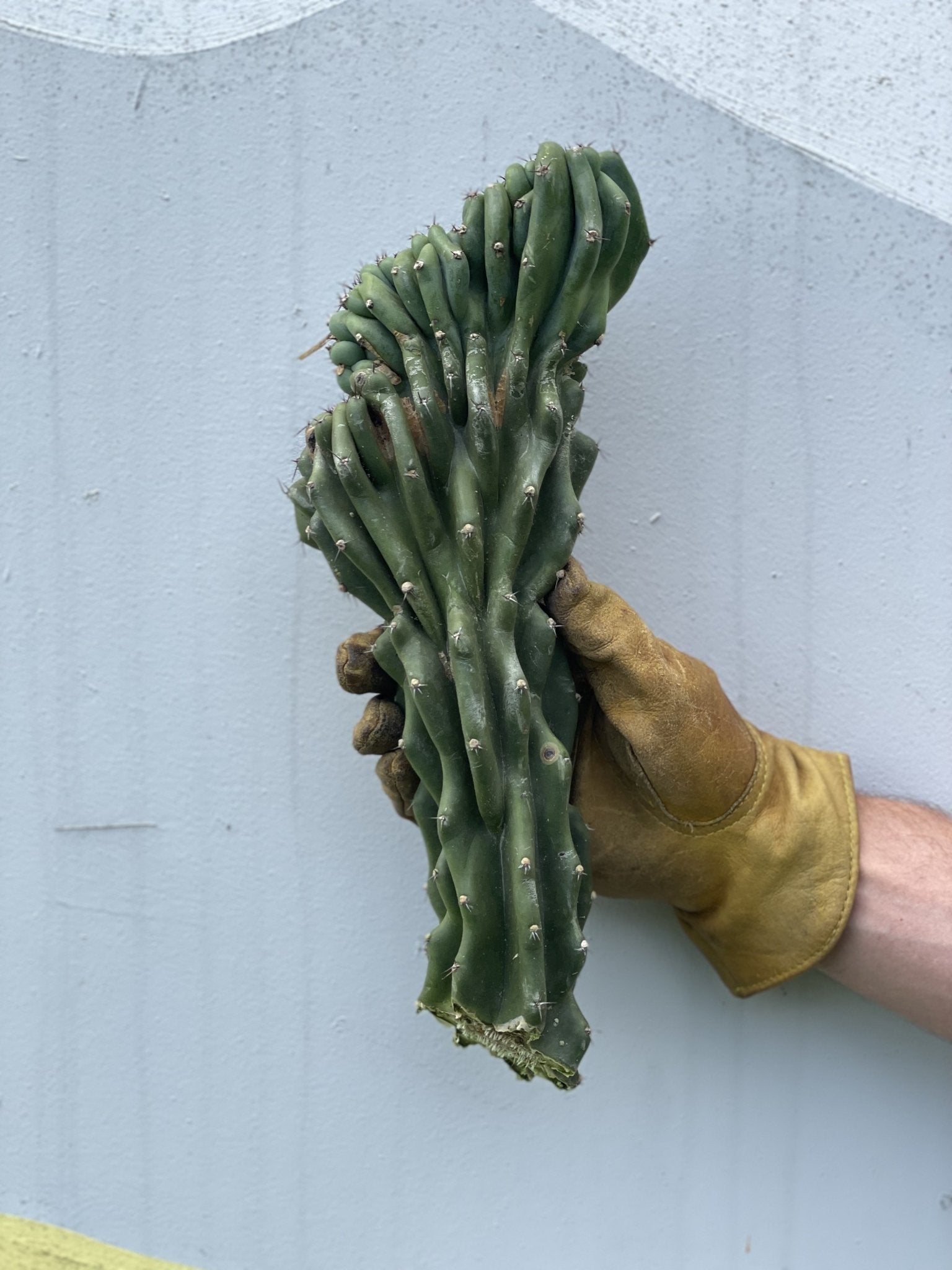
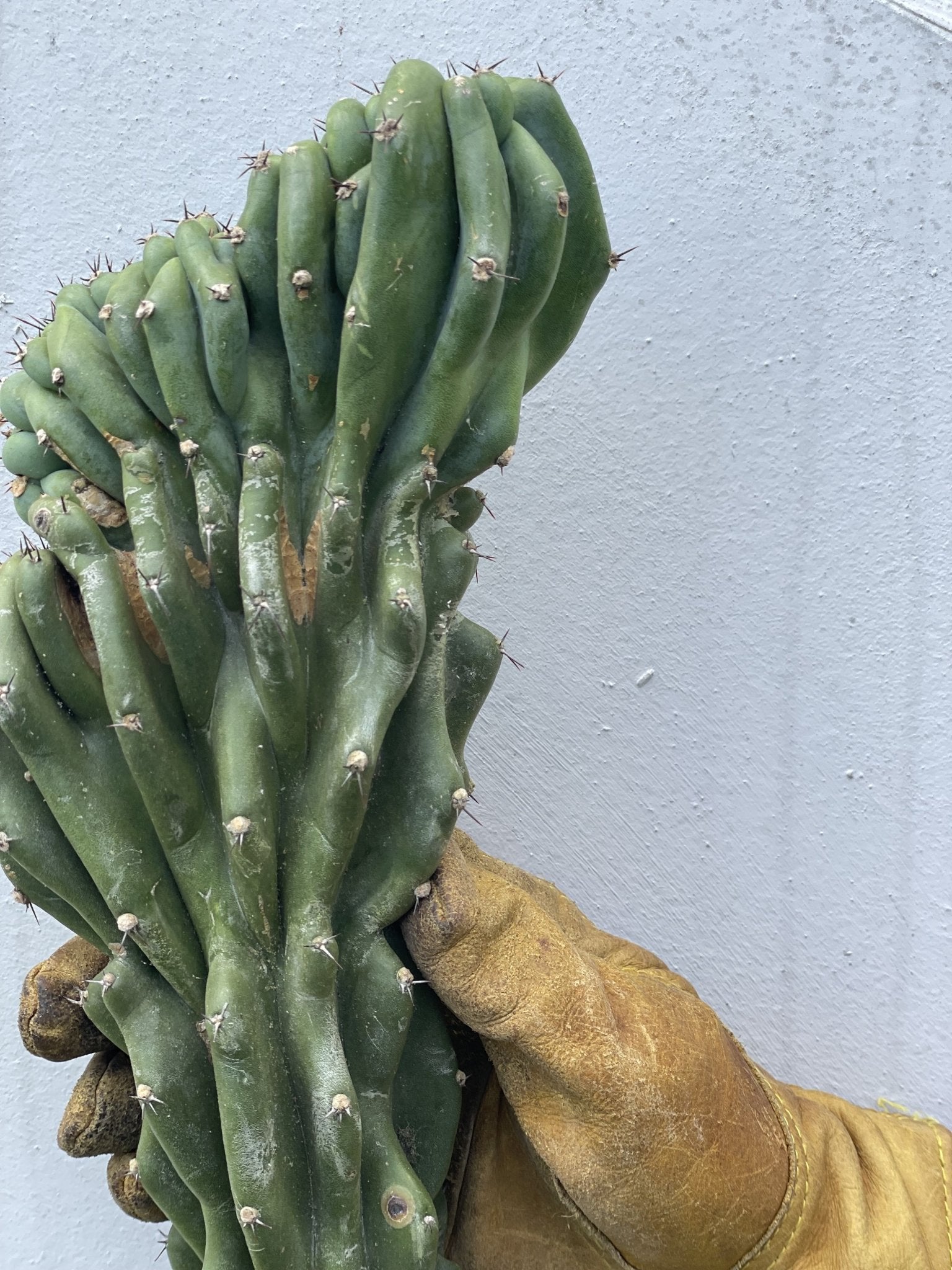


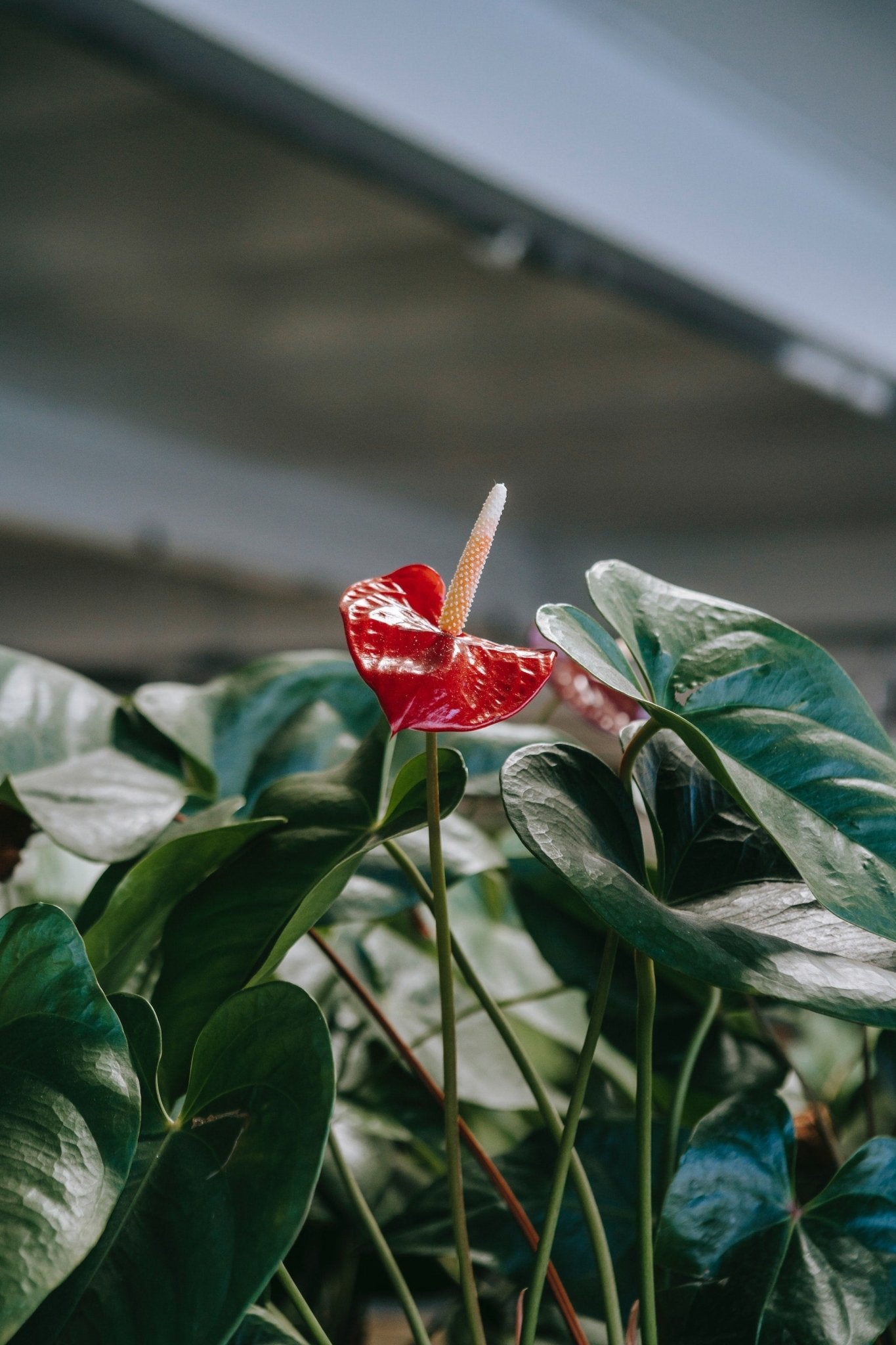
Leave a comment